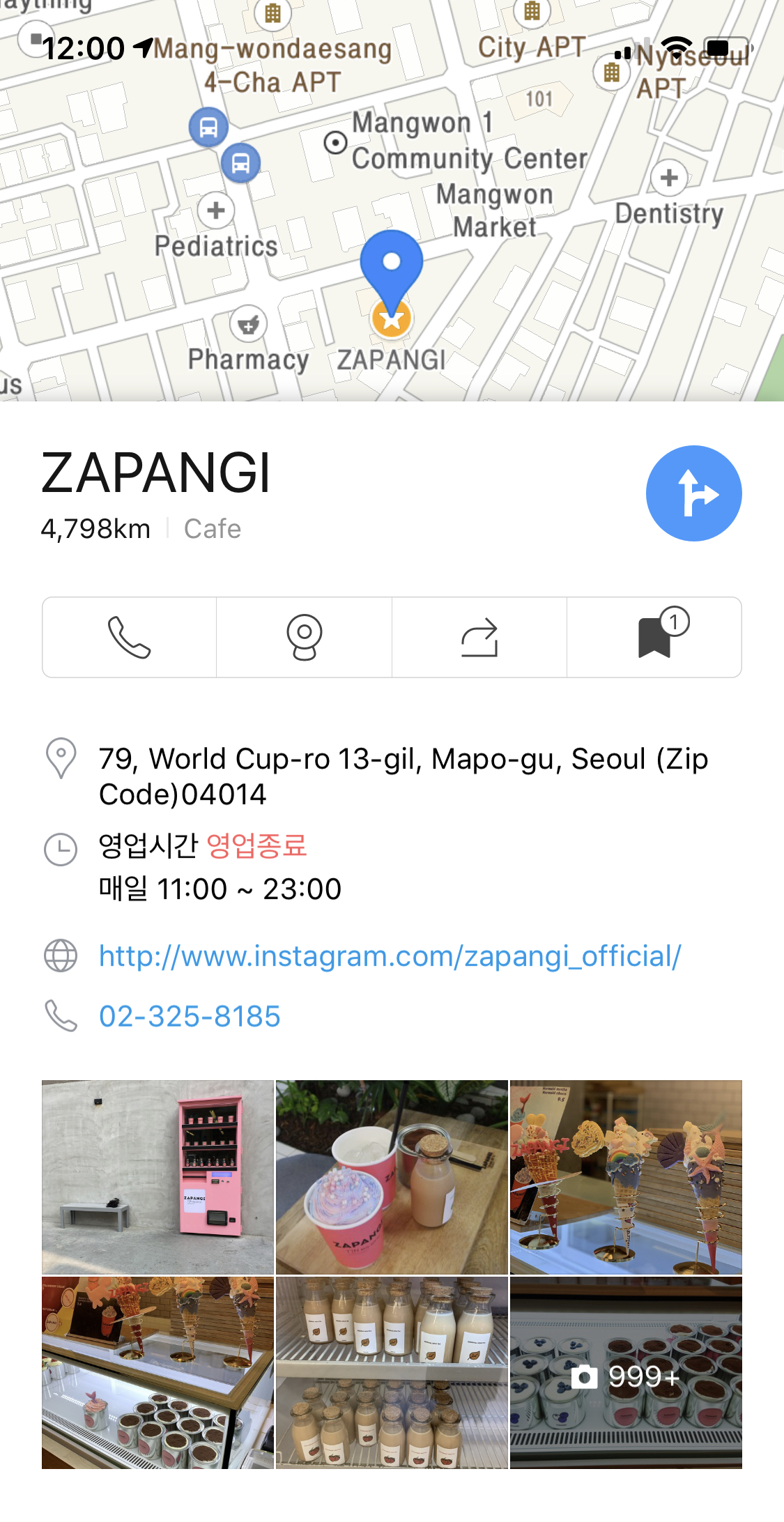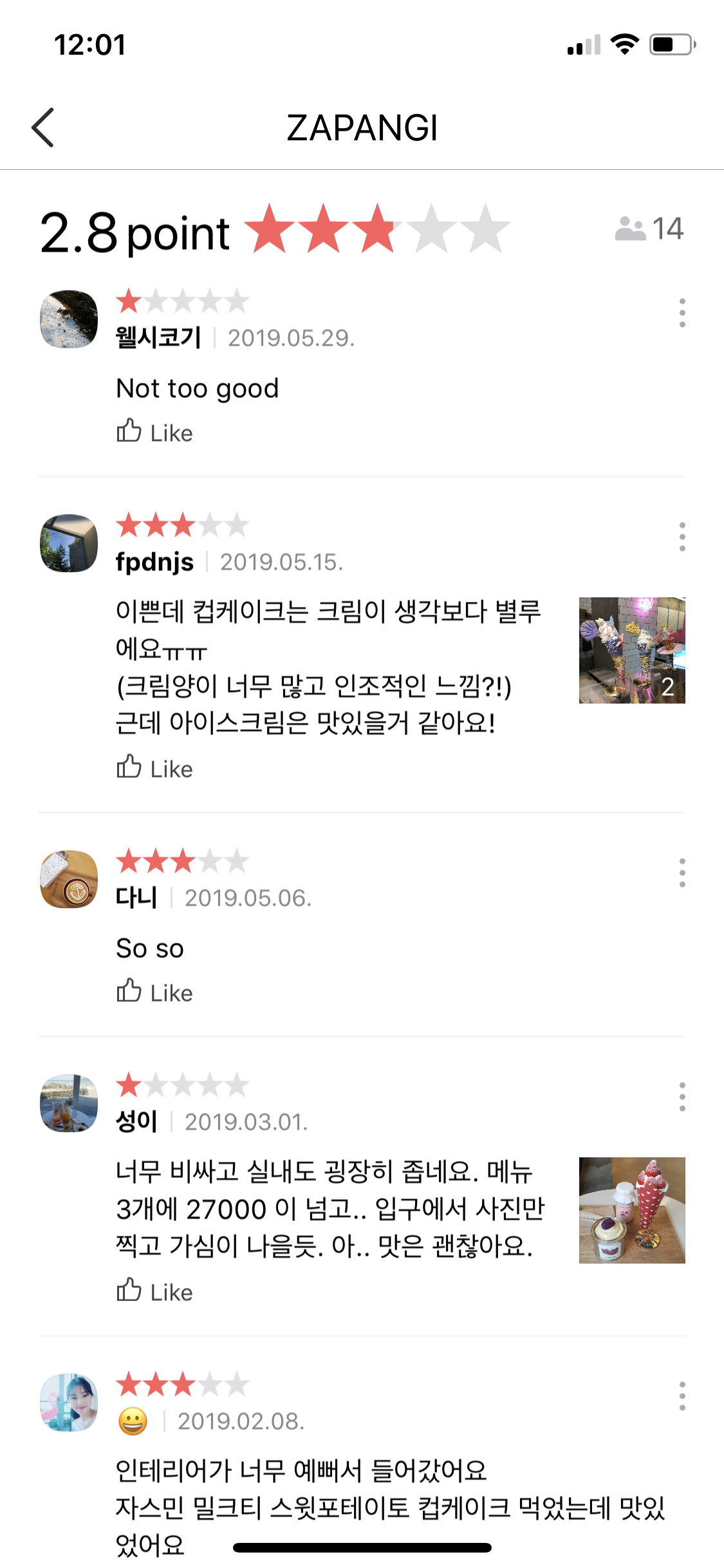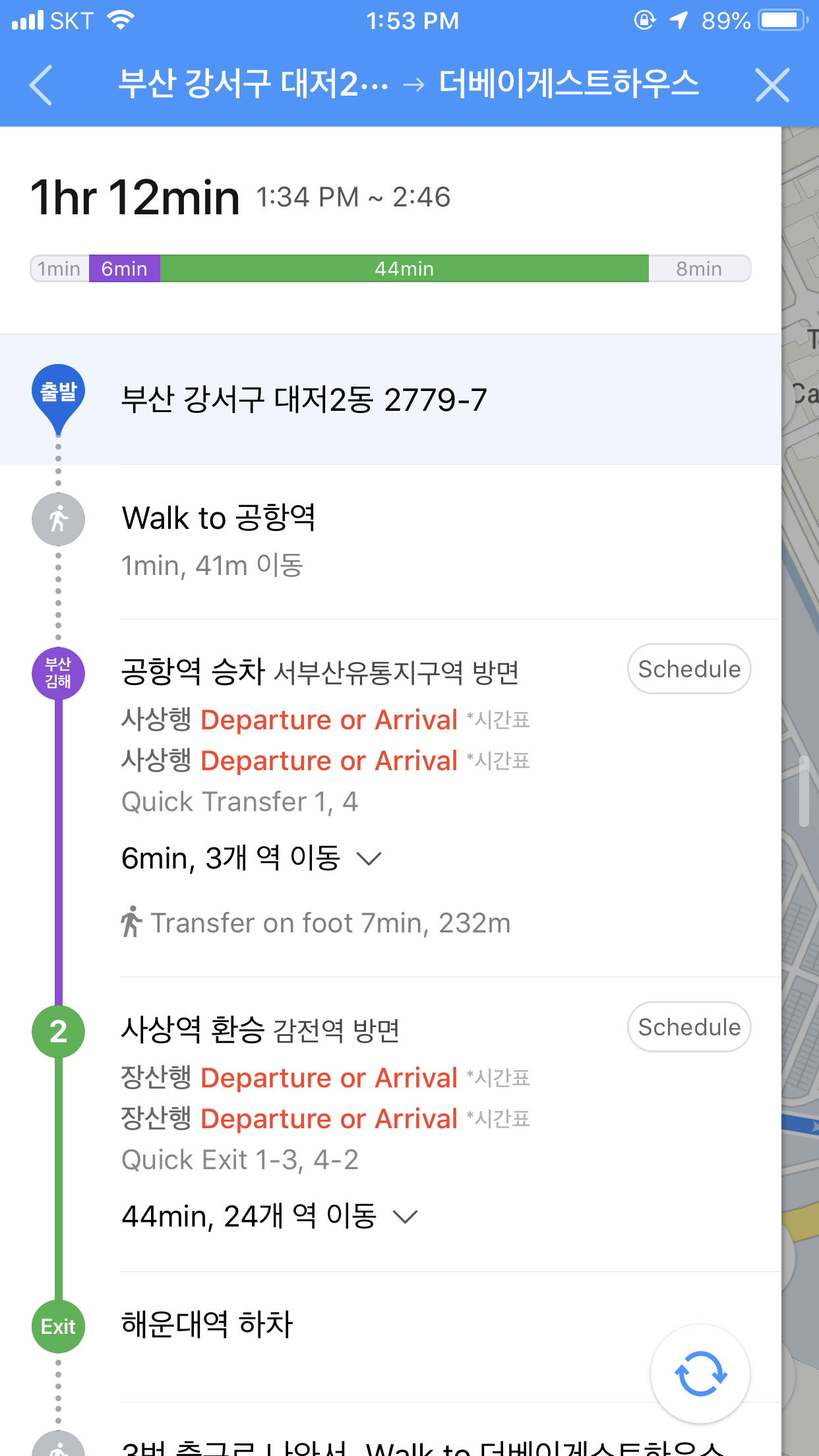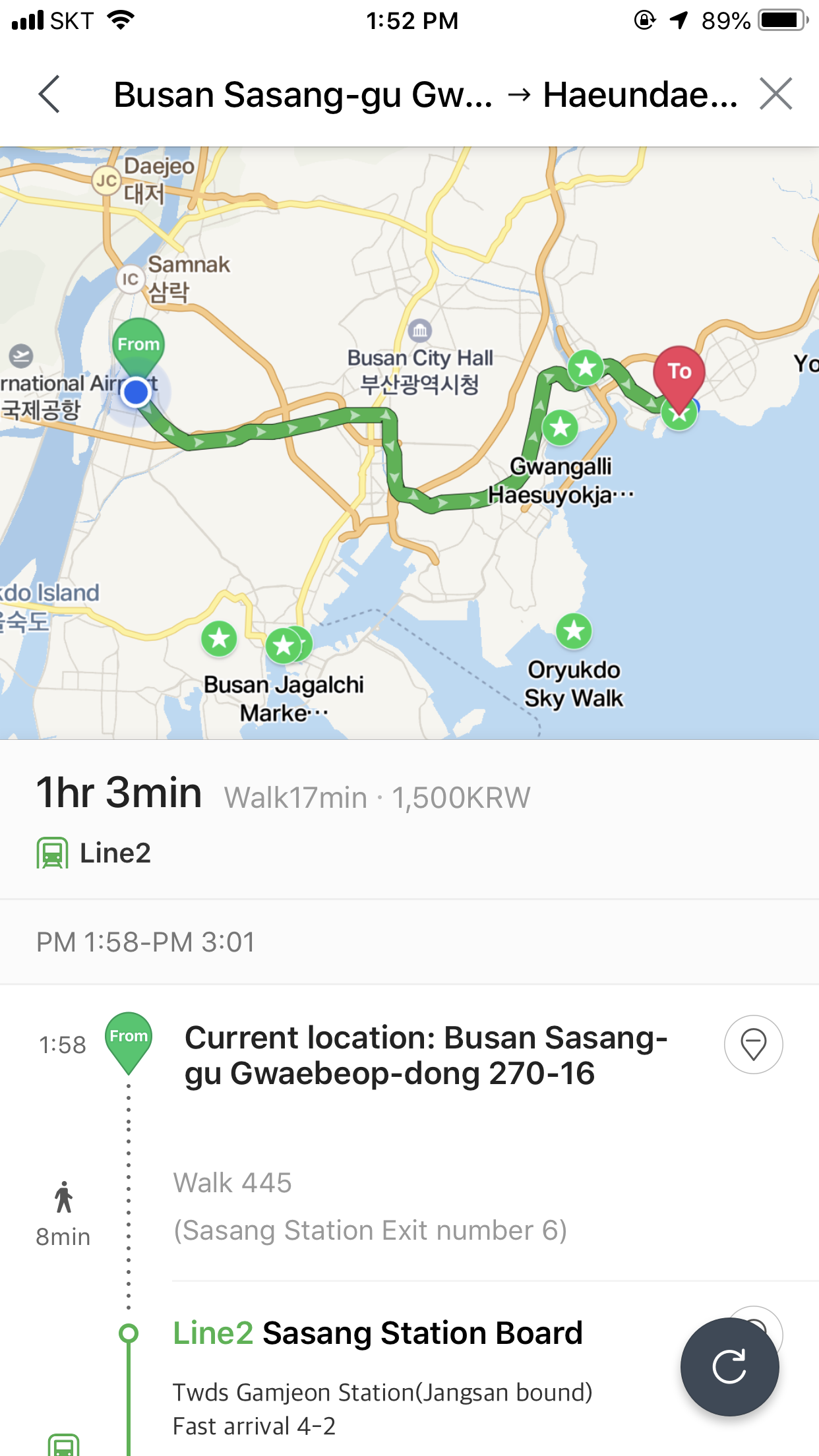KakaoMap vs. Naver Map: Which App is Best to Use for South Korea?

If you’re planning a trip to South Korea, you might have heard of the several apps to download to use to make your life a little easier. The biggest one to discuss is probably navigation apps, due to the fact Google Maps hasn’t been able to map South Korea for ages, meaning the Google Maps interface in the country is from years back.
Kakao and Naver have the lead when it comes to navigation apps in Korea, and I downloaded both with a report here on what it’s like to use both after travelling through Busan and Seoul.
Read: What to See & Do in Seoul— A Complete Itinerary for 5 Days & More
Read: Where to Stay in Seoul— A Guide to the City’s Neighbourhoods
Read: What to See & Do in Busan— An Itinerary for 3 Days and More
Read: 3 Things I Wish I Knew About Busan Before Visiting
Read: What It Was Like on a 5.5 Hour Mugunghwa Slow Train Between Seoul and Busan
Planning Before You Go
When travelling through other countries, I plan my itinerary using Google Maps, adding restaurants and places of interests to my starred list. Naturally, I tried to do the same with KakaoMap and Naver.
When looking up places in English, I found KakaoMap to be a little more English-friendly.
However, it was common on both KakaoMap and Naver Map to not be able to get any results in English (I found this happen more often with specific restaurants). Following which, simply enter the name of which place you’d like to go on Google to find the name of said place in Korean, which you’ll most definitely be able to then locate on both apps.
For the most popular places of interests though, you’ll be able to find them in English on the apps.
I use the reviews and pictures a lot on Google Maps to get a better feel of a place before going, especially of cafes and restaurants, and KakaoMap wins over Naver Map when it comes to user-generated content with the many photos provided. Reviews are largely in Korean though.
Take the trendy and buzzed about vending machine cafe in Seoul by the name of ZAPANGI, KakaoMap shows a star rating with user-generated reviews (as well as blog reviews) and photos of the cafe and food uploaded by users.
Read: A Guide to Seoul and Busan’s Most Beautiful Cafes and Stores
On the other hand, Naver Map doesn’t provide much in the way of photos or show any star ratings. Many reviews exist but they are mostly longer form blog entries in Korean.
On the Ground in South Korea
In South Korea itself, opening KakaoMap prompts a little note about how your location on the map might be 50 metres away from your actual location.
In general, I found Naver to be a lot more accurate with your actual location.
However, when using the location service to determine where to go, Naver Map only provides a dot on the map, whilst KakaoMap provides an arrow head to show you the direction you’re heading in, which I found incredibly useful to make sure I was headed the right way. Again, it may not always be the most accurate (just like Google Maps), but it certainly helped.
When using the apps for public transport directions to a place, both Naver and Kakao are detailed, providing you with bus stop or subway station information, fares you’ll expect to pay, and the distances you’ll have to walk.
However, this is where Naver and Kakao differ the most and makes Naver the better option at this stage— bus and train information is all in Korean on KakaoMap, and in English on Naver.
It was fine when using the bus, as bus numbers are stated the way you’d expect them to, and I’d simply make my way to the specific bus stop even if I couldn’t read the name of the stop in Korean.
However, when using the subway, Naver gives you everything in English (see below, with a comparison of the same route on KakaoMap on the left and Naver Map on the right), including the names of stations, which direction your train should be bound for, which door to exit from (the right or left of train), and the names of the other stations on your route that you’ll pass by, as well as which exit of the subway station to take to reach your final destination.
Both apps will give you the same routes, usually the cheaper routes come up first, as well as the faster or more convenient ones with less changes, so at this point, Naver is the easiest to use, unless you’re familiar with the Korean language.
Overall
I ended up using both Kakao Map and Naver Map interchangeably whilst in Korea, Kakao as I’d already starred all my favourites there (though Naver is fine for this function too), but most helpfully to see user-generated photos of a place, as well as using the arrow head when using the location-based service for directions.
However, I used Naver more for planning my routes, for the detailed times, fares and everything, but mostly because everything is in English.
When navigating a foreign city and trying to familiarise yourself with a new subway system, having them written in English helped a lot, especially with choosing the right platform to take the train from.
Read: A Day Trip from Seoul to the Historic City of Suwon
Read: A Day Trip From Seoul to Incheon: From Chinatown to Fairytale Villages to City Skylines
Therefore, if you only have room on your phone for one navigation app, I’d download Naver.
Another useful app for the subway is KakaoMetro, but I never found the need for it as the map applications already provide you with the vital information.















